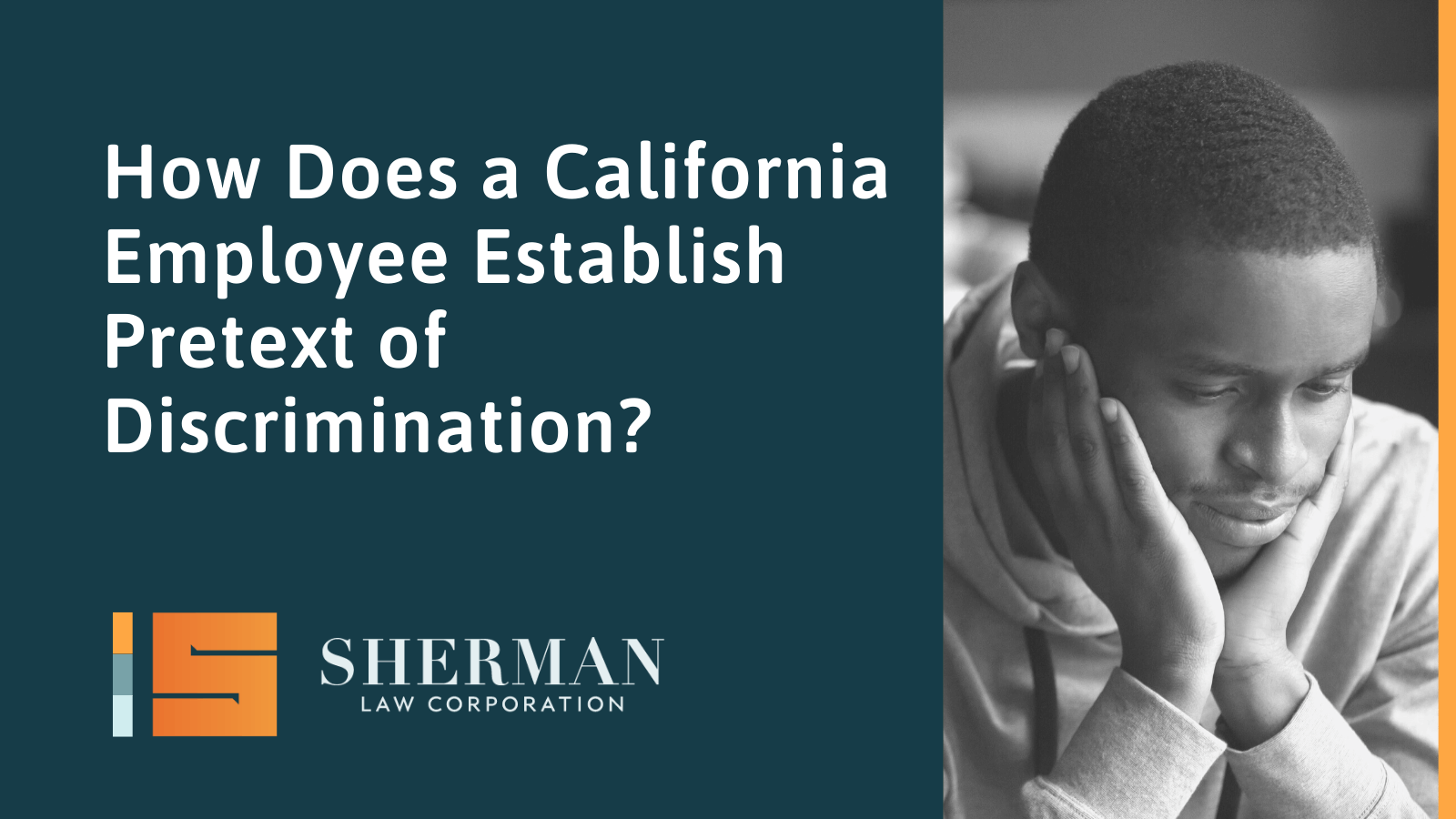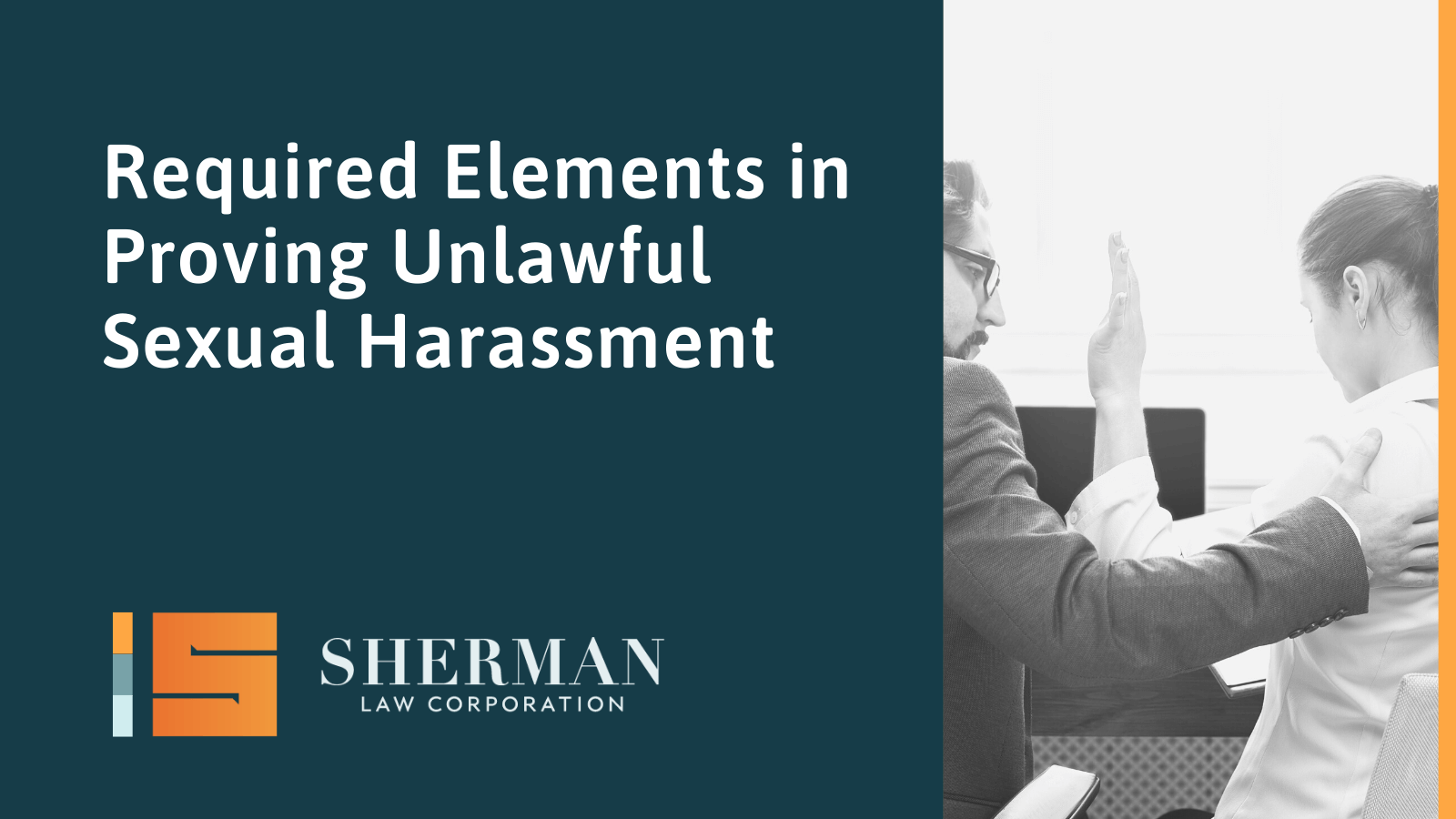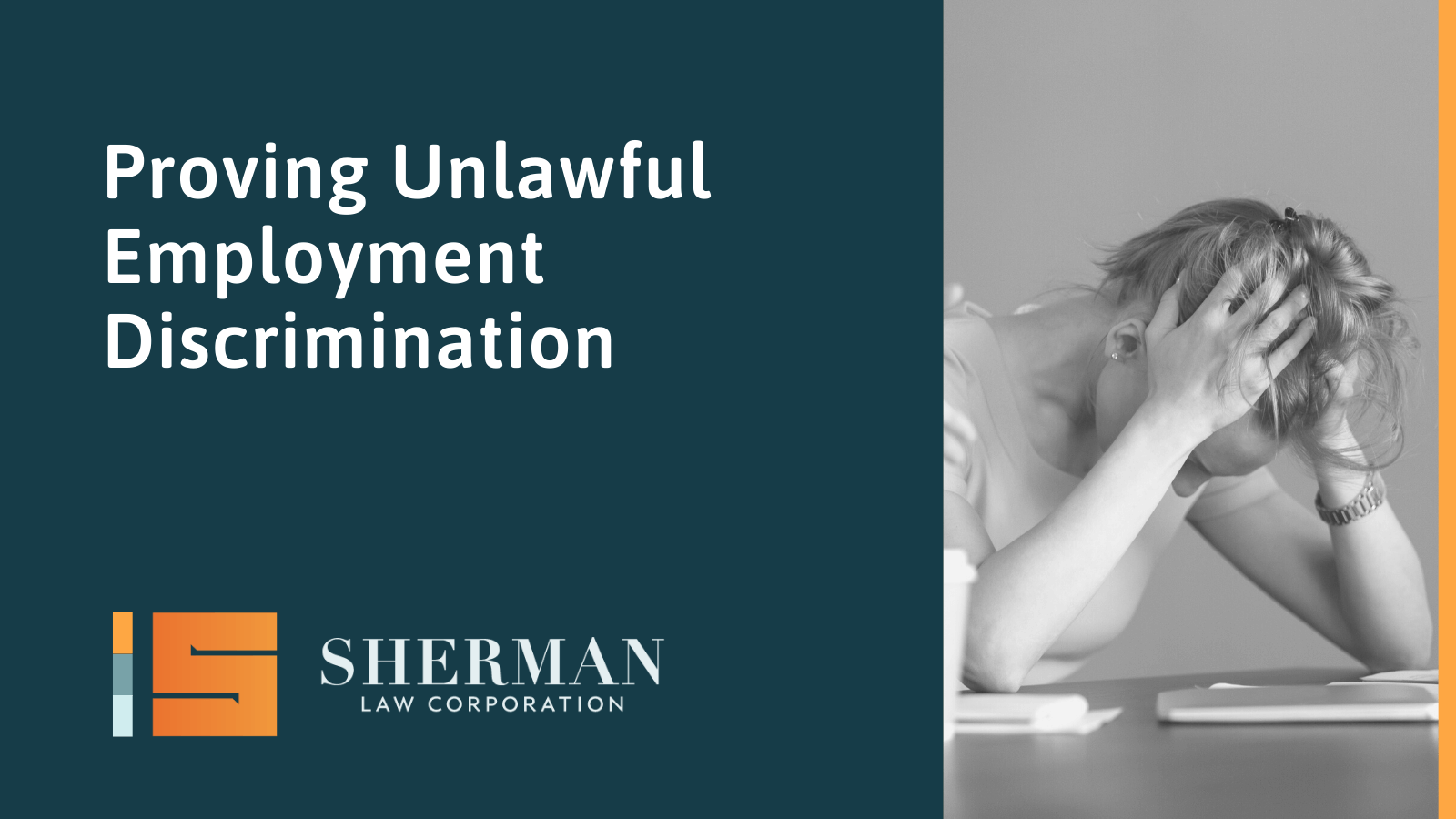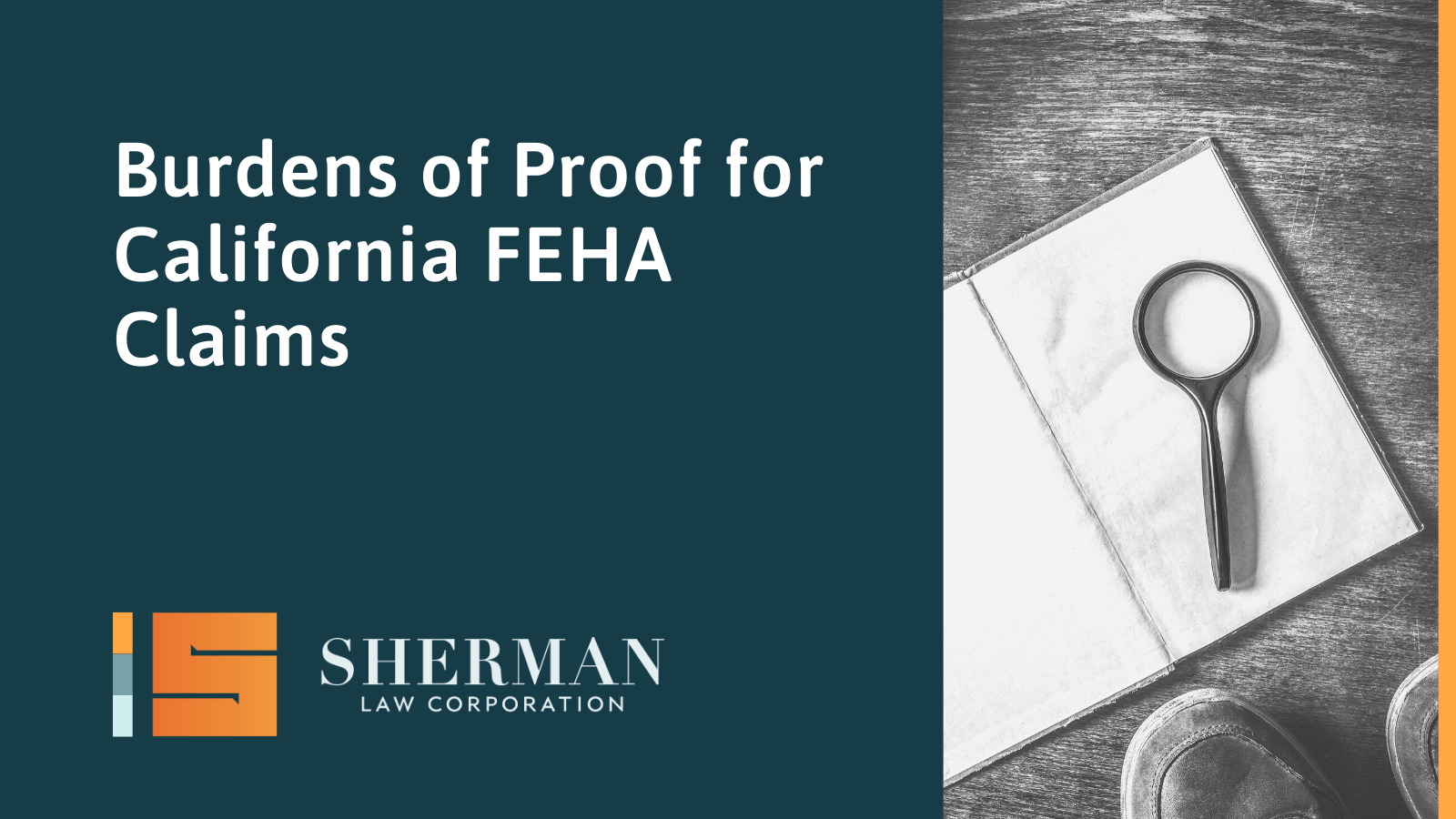
The term “pretext” is probably one of the most difficult terms to understand, yet, one of the most important because often times unlawful discrimination claims are dismissed because an employee is unable to prove pretext; i.e., that the employer had an unlawful motive for taking an adverse employment action.
Pretext evidence includes two types of evidence:
- Direct evidence of discrimination: This occurs when the employer explicitly communicates a statement that clearly indicates an unlawful motive, such as a racial slur which in and of itself evidences discriminatory animus) or
- Indirect, circumstantial evidence: This is often times more difficult when, as is often the case, discriminatory motive is not explicitly stated. Below, we have compiled common methods that employees have used to successfully raise issues of pretext.
- Statistical proof that a pattern of discrimination existed
- Articulated reason is not the true reason
- Applicant selected is less qualified
- Falsity of articulated reason stemming from inadequate opportunity to observe
- Change of qualifications or rules midstream
- Employer departs from rules of law or its own regular rules or processes
- Unequal discipline
- Employer is responsible for creating the problem that is supposedly the basis of the employer’s disqualification of employee
- Changing the articulated reason during litigation
- Falsity of one articulated reason impeaches other articulated reasons
- Excessive subjectivity or lack of factual basis
- Surveillance as suggestive of pretext
- Employer’s treatment of other members of the same group
- Reason not reflected in performance evaluations
- Lack of proportionality
- Intent inferred from strong views of non-decision makers
- Absence of evidence supporting reasons
- Inadequate, incomplete, biased or non-compliant investigation upon which adverse employment action was based upon.
It is important to note that often times employers do not make decisions with any discriminatory motive, but the above evidence raises the possibility that there was pretext that will be sufficient to defeat motions to dismiss lawsuits. This does not mean that the employer is liable, only that the claim cannot be dismissed as a matter of law and will need to be decided by the fact-finder. Often times, this is the jury, but in cases of binding arbitration, the arbitrator would decide.
This is why it is very important for employers to seek guidance before taking adverse employment actions because the manner in which it is analyzed, substantiated, documented and communicated to an employee is just as important as the decision itself.




